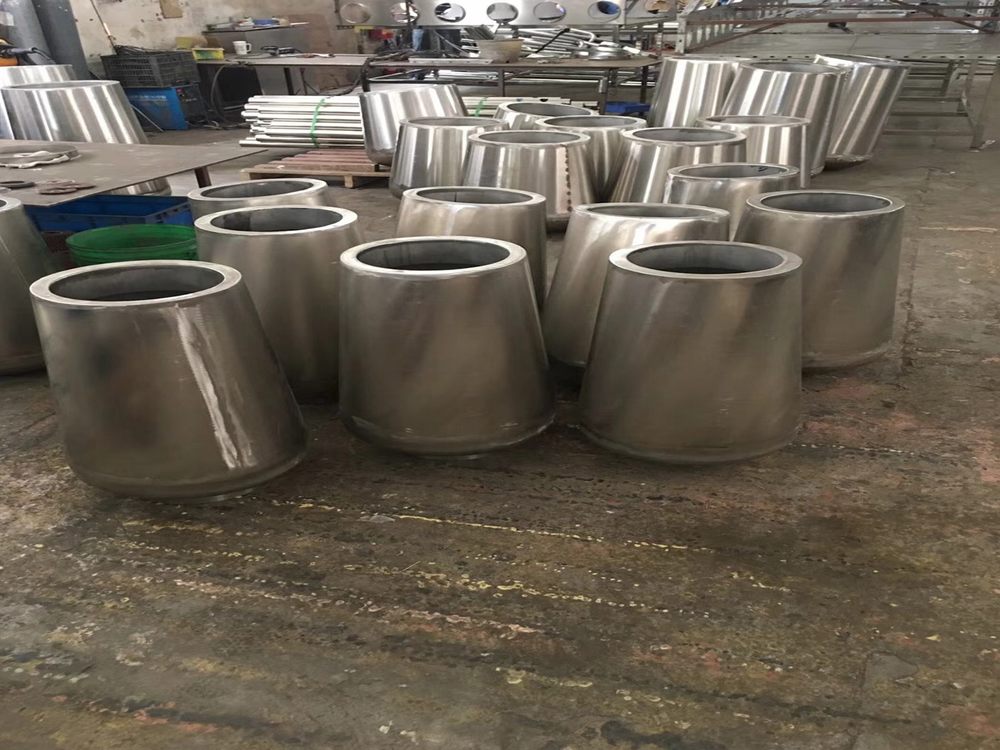
Wood carvings have long served as silent witnesses to the interconnectedness of human civilizations. These intricate artifacts reveal how trade routes functioned as conduits not just for goods but also for artistic techniques, religious symbols, and cultural narratives. From the flowing arabesques of Islamic woodwork influencing European cathedral decorations to Chinese lacquer techniques appearing in Japanese shrines, each carving tells a story of cross-pollination.
The Silk Road particularly demonstrates this phenomenon, where Persian floral motifs merged with Chinese dragon imagery in carved furniture, while African ceremonial masks incorporated Portuguese metalwork styles through colonial trade. Buddhist temple carvings in Southeast Asia show distinct traces of Indian Gupta-era aesthetics, transported by merchant monks. Even the humble sailor's scrimshaw evolved through the exchange of whaling techniques between Pacific Islanders and New England mariners.
What makes wood carvings unique as cultural documents is their dual nature as both utilitarian objects and artistic expressions. Trade ships carried everything from carved nautical instruments to religious icons, each absorbing local influences at every port. The Venetian gondola's ferro blade, for instance, combines Ottoman crescent motifs with Christian crosses in its carved design.
Contemporary wood art continues this tradition, with modern artisans blending CNC precision with ancestral hand-carving methods from different continents. This ongoing dialogue proves that wood carvings remain living testaments to humanity's endless capacity for creative exchange across geographical and cultural boundaries.

